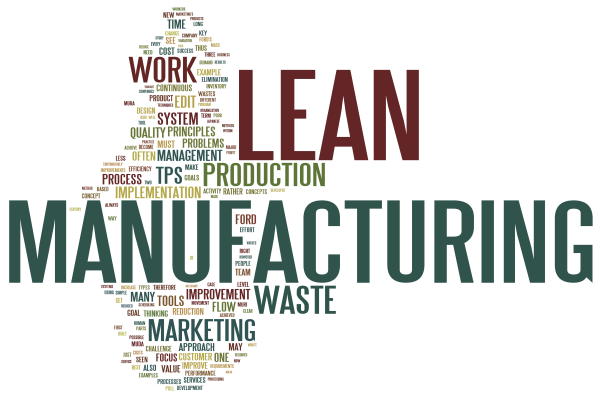The beauty of lean manufacturing is the ability to cost-effectively focus on your favorite forms of fabrication, while outsourcing jobs you’d rather not take on in-house to trusted partners instead of turning away that extra business. Whether your area of expertise lies in more traditional artisan machining techniques or the latest and greatest in automated processes and technology, there is a niche for you in the myriad of industries dependent on manufacturers. Here are some of the specializations both old and new that machine shops are turning to in order to stay competitive lean manufacturers:
High Tech Lean Manufacturing
STEM advancements in the manufacturing world have yielded CNC machining and 3D printing, both with small scale and large scale manufacturing potential. CNC, which stands for Computer Numerical Control1, allows a machinist to pre-program the machine using coding language specifically designed for CNC machining in order to efficiently produce complex parts out of metal, plastic, and wood with absolute precision. Due to their repeatability and precision, CNC machines can process large orders of the same parts without deviations or anomalies. For manufacturing machined parts on a mass scale, CNC machining is ideal. Lean manufacturing operations seeking mostly large orders of the same parts tend to focus on this form of technology.
3D printing, also known as Additive Manufacturing, is another kind of programmable manufacturing technology, but the similarities stop there. Instead of cutting and carving into raw materials, 3D printing machines create three-dimensional objects through “successive layers of material”2. The products themselves can be of almost any shape, and are ‘printed’ using the data file of a 3D model of the object. These additive manufacturing machines can be small or large in scale, allowing for both industrial and personal use to design and create anything from high-end fashion accessories to plastic firearms. Though predominantly restricted to materials such as polymers and metals, 3D printers have the capacity to fabricate more complex designs than CNC machines, giving them broad appeal in a variety of industries. Lean manufacturers seeking to make their name specifically in the area of intricate plastic or metal parts find 3D printers an invaluable resource.
Old School Techniques
Gear head lathes, manual mills, knee mills, etc. have been used in some form or another for well over a century to manufacture parts by hand out of metal, plastic, or wood. They are often manually powered and require a significant amount of skill on the part of the machinist, unlike automated CNC machines or 3D printers. Even in a global market where mass production has long been the manufacturing norm, we still find value in keeping these older technologies around at PD Peterka. When “repairing gears, bearings, or modifying existing parts and retrofitting pieces for other machines”3, hand machining is essential. As a Midwest-based outsource manufacturer, our manual machines allow us to cost-effectively take on smaller parts orders, as well as earn a reputation for high quality parts repairs. Like us, other machine shops seeking to go lean also use these old school technologies when filling the niche for machined parts repairs, retrofits, and modifications. Maintaining hand machining services as part of your lean operation is a great way to keep overhead costs low for the occasional small order, as well.
Thanks to over 100 years of manufacturing technology, our industry is getting leaner, faster, and more precise. Knowing your industry and your niche is key when deciding which machines you’d rather focus on to keep your business lean. With continued advancements in STEM, expect to see even more changes and innovations down the road, and start building your network of outsourced manufacturers now.
For more information on lean manufacturing, outsource manufacturing, and the machining services offered at P.D. Peterka, connect with us through our Contact Page.
- http://www.thomasnet.com/about/cnc-machining-45330503.html
- https://en.wikipedia.org/wiki/3D_printing
- https://www.pdpeterka.com/manual-machines/

